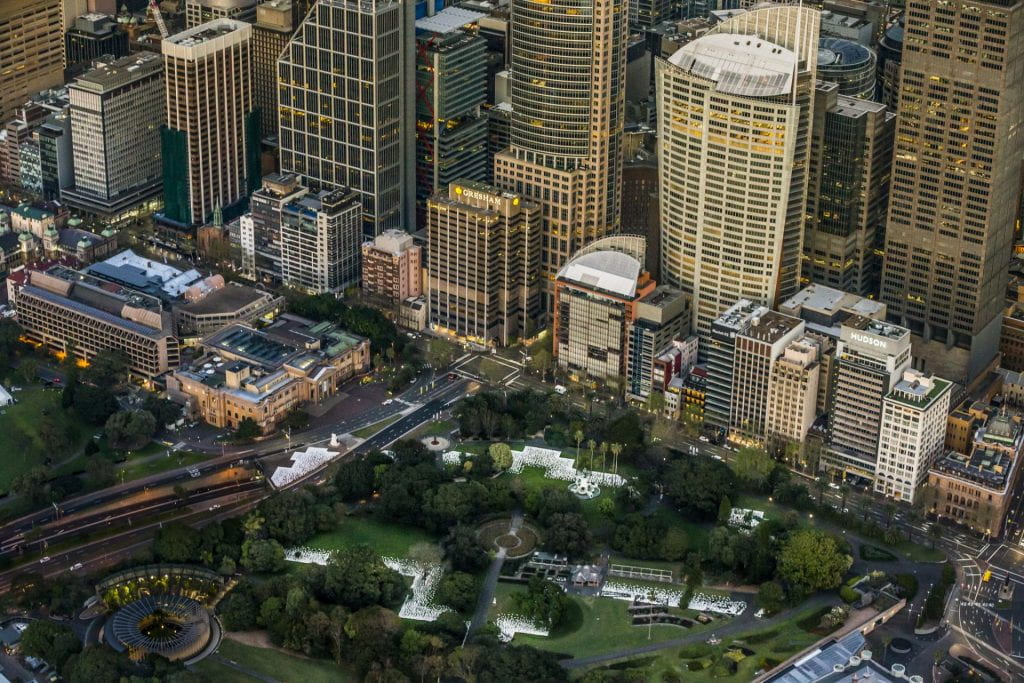
Date and location: November 1, 12:20 p.m. in Abby and Howard Milstein Auditorium, Milstein Hall
A member of the Wiradjuri and Kamilaroi nations of southeast Australia, Jonathan Jones is an artist, curator, and researcher. As an artist, he works across a range of mediums — from printmaking and drawing to sculpture and film — to create site-specific installations and interventions that engage Aboriginal practices, relationships, and knowledge. Jones’s work champions local knowledge systems, is grounded in research of the historical archive and builds on community aspirations. At the heart of his practice is the act of collaborating, and many projects have seen him work with other artists and communities, including Uncle Stan Grant Sr. Jones has exhibited both nationally and internationally, and his work has been collected by state, national, and international institutions. In 2016 Jones presented the 32nd Kaldor Public Art Project, barrangal dyara (skin and bones), at the Royal Botanic Garden Sydney, and in 2018 he was awarded the Sidney Myer Creative Fellowship in the field of visual arts. Jones is a senior researcher at the University of Technology Sydney.
Abstract:
This talk will address the process and practice of working as an Aboriginal artist within the contemporary art context by considering several key artworks. These works negotiate Aboriginal protocols, such as acknowledging the traditional owners of a site, the maintenance of knowledge regarding language and toolmaking, and community engagement and development, alongside notions of site-specificity, budgets, and buildability, set within the contemporary art world. In order to achieve these multiple outcomes, these artworks are conceived and delivered within an Indigenous methodology. In this process, age-old ways of working are shown to have enormous impacts on both Aboriginal and non-Aboriginal communities today.
Cosponsored by the American Indian and Indigenous Studies Program, Engaged Cornell, the Cornell Council for the Arts, and the Carl L. Becker House